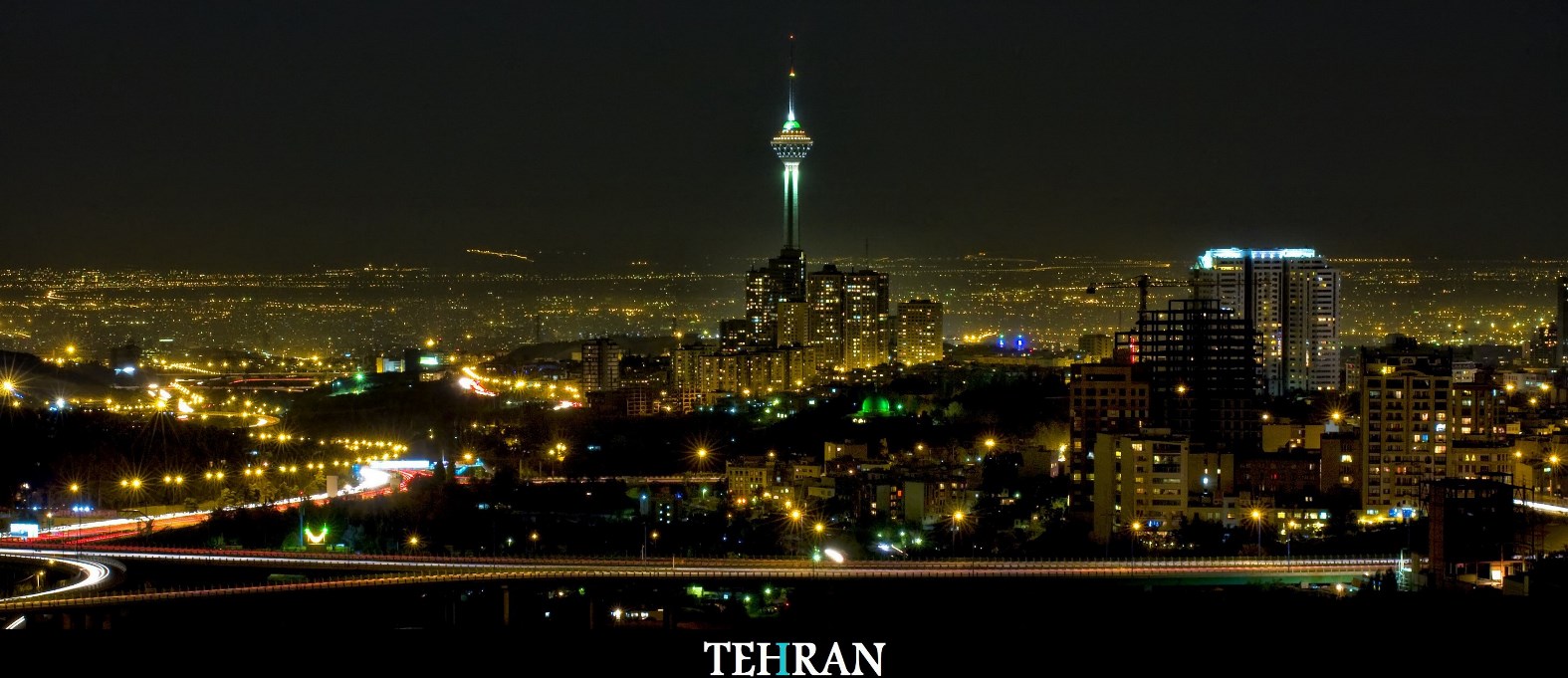

With the world’s largest proven gas reserves, Iran has the capacity to become a major natural gas exporter and a regional powerhouse.
However, Iran’s gas reserves have remained untapped as the Western sanctions have impeded the development of the nation’s gas infrastructure.
With the signing of the Iran nuclear deal in July, now there is a possibility for fulfilling the nation’s potential of becoming a major global player in gas industry.
In today’s market-oriented world just exploration, extraction and sale of natural gas is not enough. Along with the development of infrastructure, Iran needs to expand the complementary businesses associated with gas, the cleanest fossil fuel energy.
Selling natural gas is like selling unprocessed crude oil. The need to process raw material and convert it into a value added commodity, like electricity, petrochemicals, fertilizers, etc., is the idea of getting more value out of gas in processed, rather than raw form.
One such industry is power generation. Exporting electricity is more profitable than exporting unprocessed natural gas. With Iran specializing in gas-powered generators the goal of being regional player for electricity is not that hard to imagine.
Despite the sanctions and other efforts by the West to isolate Iran, today the country is first in the Middle East in terms of electricity generation and 15th largest in the world.
Iran currently exports electricity to Turkey, Armenia, Turkmenistan, Azerbaijan (including the Nakhchivan Autonomous Republic), Pakistan, Afghanistan and Iraq. Furthermore, Iran exports technical and engineering services to 26 countries said Minister of Energy, Hamid Chitchian.
Explaining the countries’ cross-border electricity flows, the minister said Iran is now exporting around 12 billion kilowatt hours (kWh) of electricity to its neighbors each year, while the imports stand at an annual level of 4 billion kWh.
Efficiency
With the removal of sanctions,///////// Iran will have no restrictions to import technology for improving the efficiency of the power grids. There are plans in the pipeline to increase the efficiency of its power plants by 45% from current 38% by 2025.
Deputy Energy Minister, Houshang Falahatian announced during a press conference last week that in order to improve efficiency, several deals have been ‘finalized with foreign contractors to transform conventional power plants into combined-cycle plants, which would help reduce fuel consumption, save generation costs and protect the environment.’
Combined-cycle plants consume an equivalent of one-20th the energy needed by conventional plants. Such plants use both gas and steam turbines to produce up to 50 percent more electricity from the same fuel than the traditional simple-cycle plant.
Another efficiency factor is the wastage at power distribution networks. Electricity has to be transmitted from large power plants to the consumers via extensive networks. Along the way there is power loss at different steps, including transmission lines, cables, etc.
Such wastage has been reduced to less than 11 percent from 15.1 percent from a year and half ago, reports the Financial Tribune daily. There are plans for curbing wastage to less than 10 percent next year.
Mapna Group
Mapna Group is a group of Iranian companies involved in construction and installation of energy production machinery. The group generates about 47 percent of Iran’s electricity.
Established in 1993, Mapna Group has a total contract value of nearly 30 billion euros ($34.25 billion), covering three sectors: electricity, oil and gas, as well as rail traction.
In November Mapna Group declared plans to invest in Indonesia’s power sector. Indonesia plans to roll out 35,000 megawatts of electricity across the archipelago in the next five years.
President of the Mapna Group, Abbas Aliabadi was quoted by Jakarta Globe that ‘Mapna is prepared to invest to increase the country’s power capacity by 1,000 megawatts.’
Mr. Aliabadi pointed out that the company also seeks to run a service center for power generators in Indonesia.
Last November Mapna Group’s ‘Heidarieh’ power plant construction was completed using a simple-cycle gas unit to produce 162 MW of electricity for the holy cities of Najaf and Karbala. The inauguration of the power plant was attended by the Iranian Energy Minister and his Iraqi counterpart, Qasim al-Fahdawi.
In July Mapna signed a $2.5bn deal with the Iraqi-Jordanian Shamara Group to construct a 3,000 MW power plant in the Iraqi city of Rumaila. Under the biggest engineering services deal to date Mapna will build a natural gas combined cycle power plant in southern Iraq, adding to the Iraq’s current 8,500 MW national power grid. Mapna will supply equipment, including gas and steam turbines and boilers besides engineering and supervising the project.
Domestic consumption
Incentivizing foreign investment and transfer of technology will help meet the major challenge of keeping pace with the growing domestic energy consumption.
German and Italian companies have indicated interest in building power plants in Iran, including renewable energy facilities.
A contract for generating about 5,000 MW from renewable energy sources will be implemented with the help of German companies. Italy’s Fata has signed $543 million contract with Ghadir Investment Company to build a power plant in Iran.
Iran has also allowed foreign companies for the first time to export part of the electricity which they generate in the country.
Despuite the small population, Qatar is currently pursuing coal or nuclear generating capacity due to growing domestic demand for energy. Between 2000 and 2012, Qatar’s electricity consumption grew from approximately 8 billion kilowatt hours (b kWh) to 32.7b kWh. Due to economic growth Qatar plans to invest in its power generation capacity from 8,600 MW in 2015 to 13,000 MW in 2018.
Iran’s nominal power generation capacity stands at around 75,000 MW, with 61,000 MW coming from thermal power plants, 12,000 MW coming from hydroelectric plants and only 1,000 MW from nuclear power.
The country plans to increase capacity by 5,000 MW annually over the next 10 years, raising the total installed power capacity to more than 120,000 MW by 2025. However, Iran is struggling to realize this self-assessed goal.
